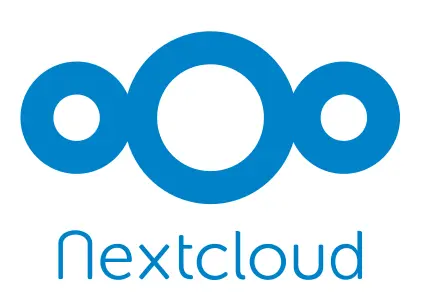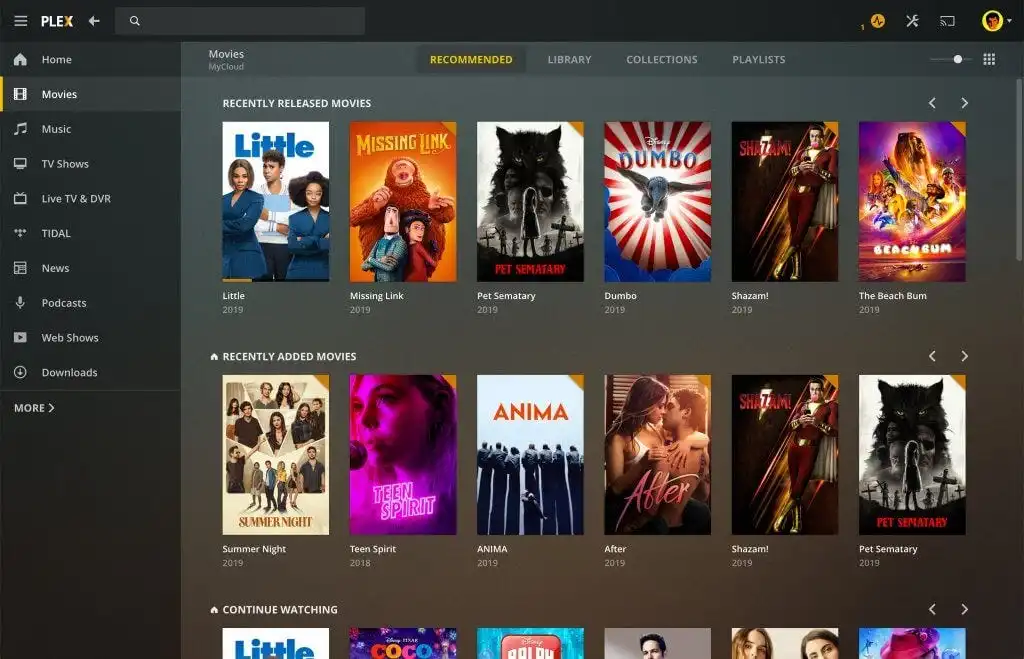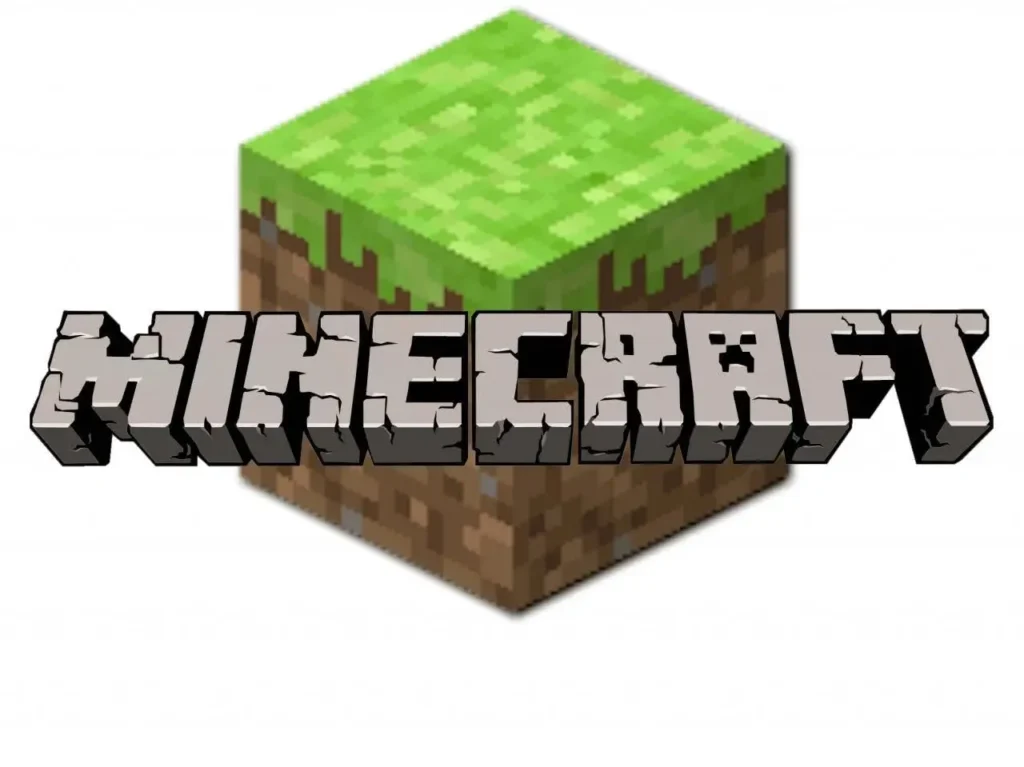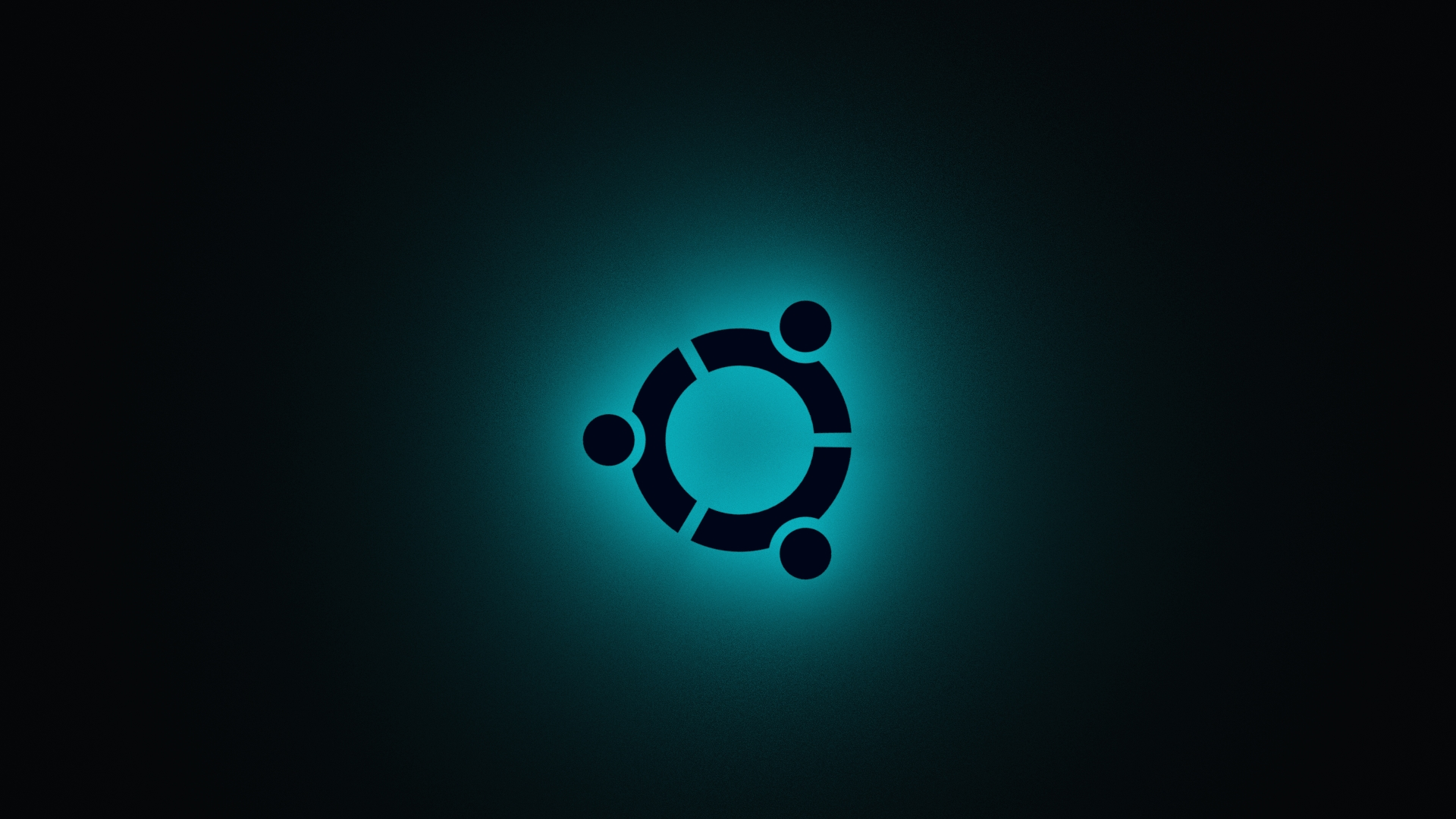As the year wrapped up, I decided to give my trusty 2014 main PC a facelift – new motherboard, RAM, CPU, and GPU. With leftover parts staring me down, I thought, ‘Why not build a home server?’ So, I cobbled together a case, SSD, HDD, and a new power supply. Despite the vintage hardware, this old-timer still knows how to throw a punch.
In this post, I’ll walk you through the charming quirks of my home server setup. We’ll explore what’s under the hood and how I manage this mix of old and new tech. Spoiler alert: it’s like herding cats, but with wires.

Operating System
As I embarked on the journey of setting up my home server, the choice of the operating system loomed large. With the unequivocal understanding that Linux reigns supreme in the realm of servers, I delved into the vast options available. Seeking a balance of power and user-friendliness, I gravitated towards Ubuntu. Its commitment to stability, rich software repository through apt, LTS stability, and simplicity made it the perfect companion for my home server adventure.

My own cloud
“Longing for a Google Drive alternative minus the third-party worries in the age of big data and privacy breaches, I scoured through various options and stumbled upon a gem: Nextcloud.
Nextcloud, an effortlessly user-friendly open-source self-hosted cloud solution, immediately caught my attention. It boasts an array of features, including remote storage and the flexibility to choose between centralized server storage or seamless synchronization with your devices (I opted for the latter to keep my crucial data accessible even if my server throws a tantrum). Additionally, the platform offers a suite of handy apps like notes, calendar, photos, and more – making it a one-stop-shop for all things cloud and convenience.”

Plex
In my quest to organize and streamline my media, I turned to Plex—a decision that proved to be a game-changer. Not only is Plex incredibly user-friendly, making the setup a breeze, but it also seamlessly manages and presents my media collection. The icing on the cake is the ‘Watch Together’ feature, adding a social touch to my media consumption. Plex has truly become the linchpin in my media organization strategy, combining ease of use with a plethora of handy features. Plus, with Plex in action, the days of lugging around an external hard drive are a thing of the past, giving me the freedom to access my media anytime, anywhere.

Minecraft Game server
Breaking free from the limitations of Aternos, a free service for hosting my multiplayer Minecraft servers, marked a significant leap in my gaming experience. Enduring distant servers, meager specs (a mere half gig of RAM and one CPU core), and a minimum 10-minute queue each time I wished to start a server had its drawbacks. However, the migration of these worlds to my home server brought about a noticeable performance boost. Bid farewell to slow speeds and extended waiting queues – my home server now ensures a smoother and more responsive multiplayer Minecraft experience.

What now?
It’s worth noting that my current setup might be described as a tad ‘janky.’ Embracing this learning curve, I’m eager to explore more efficient ways of managing these services. Docker, with its promise of streamlined containerization, beckons as a potential solution to enhance the organization and performance of my server infrastructure.

Leave a Reply